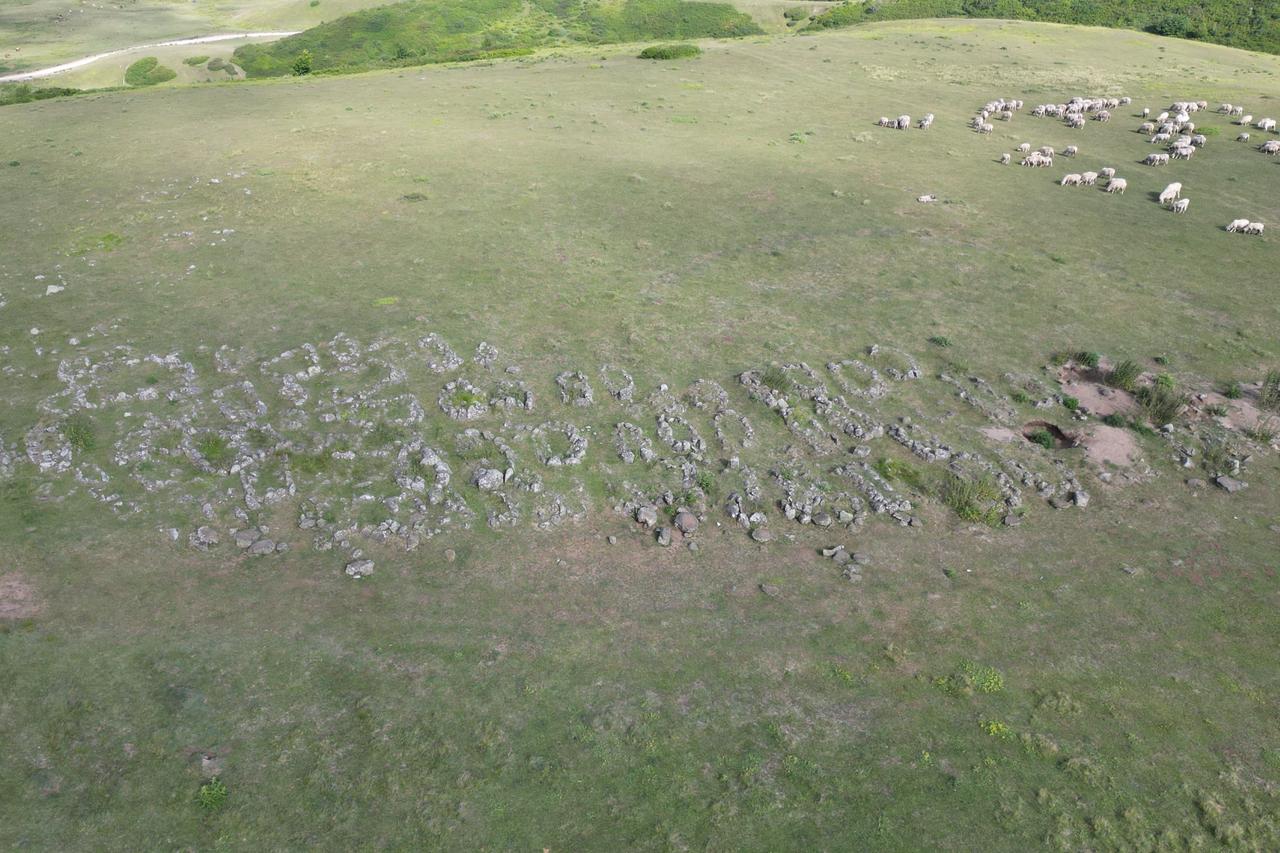
In a surprising discovery, villagers in northern Türkiye learned that the rocks their goats had been licking for salt were not ordinary stones but centuries-old gravestones from a forgotten medieval battlefield.
Archaeologists identified the site, known as Toman Cemetery in the Resadiye district of Tokat, as the resting place of soldiers who died during a 14th-century conflict between two great Anatolian families, Tacettinogullari and Haciemirogullari.
The finding has revealed new details about one of the region’s bloodiest feuds following the collapse of the Seljuk Empire.

Researchers confirmed that the site, located in the fertile and mountainous region of central Türkiye, dates back to the period when small Turkish principalities, or beyliks, ruled Anatolia.
The Toman Cemetery is believed to hold the remains of about 100 soldiers who died in a large-scale battle between the rival beyliks.
According to historians, the conflict began when Haci Emir Ibrahim Bey, ruler of the Haciemirogullari, fell ill and transferred power to his son Suleyman Bey. When he later recovered and attempted to retake control, a political struggle erupted between father and son.
Tacettin Bey, leader of the neighboring Tacettinogullari, took advantage of the internal division. Marching from Niksar with an army of roughly 12,000 men, he sought to expand his rule into the Tokat region.
When Suleyman Bey learned of the approaching army, he set up an ambush near Toman Cemetery.
The fighting was intense, and Tacettin Bey’s forces suffered heavy losses. Historical records suggest that around 3,000 soldiers, including Tacettin Bey himself, were killed.
The defeat marked a turning point for the Haciemirogullari, strengthening their dominance across northern Anatolia.
Experts describe the event as one of the most significant power struggles of the beylik era before the rise of the Ottoman Empire.

For centuries, the site was known locally as the “gavur mezarligi,” meaning “infidel cemetery,” and few suspected its true origin.
The gravestones, weathered and partially buried, were mistaken for natural rock formations.
Some villagers even used them as "tuz tasi" (salt stones for their livestock) letting goats lick the surfaces to absorb minerals. Only in recent years did researchers recognize their historic importance through detailed archaeological and historical analysis.
Dr. Ismail Turan of Tokat Gaziosmanpasa University’s Department of History explained that the cemetery’s identity has now been fully clarified.
“Tacettin Bey set out from Niksar with 12,000 soldiers but was ambushed at Toman and died with 3,000 of his men,” he said. “The site once called the ‘infidel cemetery’ has been identified as a Turkish-Islamic burial ground, with nearly 100 confirmed graves.”
Experts believe the discovery helps fill important gaps in understanding Türkiye’s beylik period, an era that shaped the foundations of the Ottoman Empire. The remains of Tacettin Bey are thought to have been carried to Niksar for burial by his surviving soldiers.